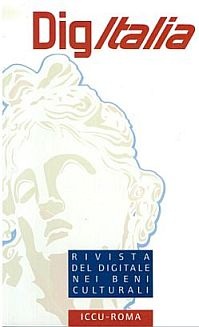Le numérique à l’enssib: un processus transversal
Abstract
L'arrivée des technologies numériques et des réseaux dans les métiers des bibliothèques et de la documentation, a joué un rôle considérable dans l'évolution et les projets de l'enssib.Pour faire face aux attentes croissantes des professionnels sur les questions numériques, l'enssib a développé de nouveaux services, adapté ses formations et investi le champ de l'expérimentation.L'arrivée du numérique a également amené l'enssib à intégrer dans sa réflexion une perspective d'évolution permanente.Ainsi, au-delà des services aux professionnels exploitant les outils numériques, la réflexion de l'école porte évidemment sur l'adéquation permanente des compétences des nouveaux diplômés de l'école à leur environnement professionnel.Enfin, l'enssib joue également un rôle d'animation et de soutien à la communauté professionnelle au sens large en proposant une activité de veille sur ces sujets et en organisant des évènements ou rencontres autour de ces problématiquesDownloads
I dati di download non sono ancora disponibili.
Downloads
Pubblicato
30-01-2011
Come citare
Epron, M. B. (2011). Le numérique à l’enssib: un processus transversal. DigItalia, 6(1), 29–41. Recuperato da https://digitalia.cultura.gov.it/article/view/199
Fascicolo
Sezione
Saggi
Licenza
Gli Autori che pubblicano su questa rivista accettano le seguenti condizioni:
- Gli Autori mantengono i diritti di proprietà intellettuale sulla loro opera e cedono alla rivista il diritto di prima pubblicazione dell'opera, sotto la seguente licenza: Attribuzione - Condividi allo stesso modo 3.0 Italia (CC BY-SA 3.0 IT). Tale Licenza permette ad altri di condividere l'opera indicando la paternità intellettuale e la prima pubblicazione su questa rivista.
- Gli Autori possono aderire ad altri accordi di licenza non esclusiva per la distribuzione della versione dell'opera pubblicata (es. depositarla in un archivio istituzionale o pubblicarla in una monografia), a patto di indicare che la prima pubblicazione è avvenuta su questa rivista.
- Gli Autori possono diffondere la loro opera online (es. in repository istituzionali o nel loro sito web) dopo la pubbicazione, poiché può portare a scambi produttivi e aumentare le citazioni dell'opera pubblicata (Vedi The Effect of Open Access).






